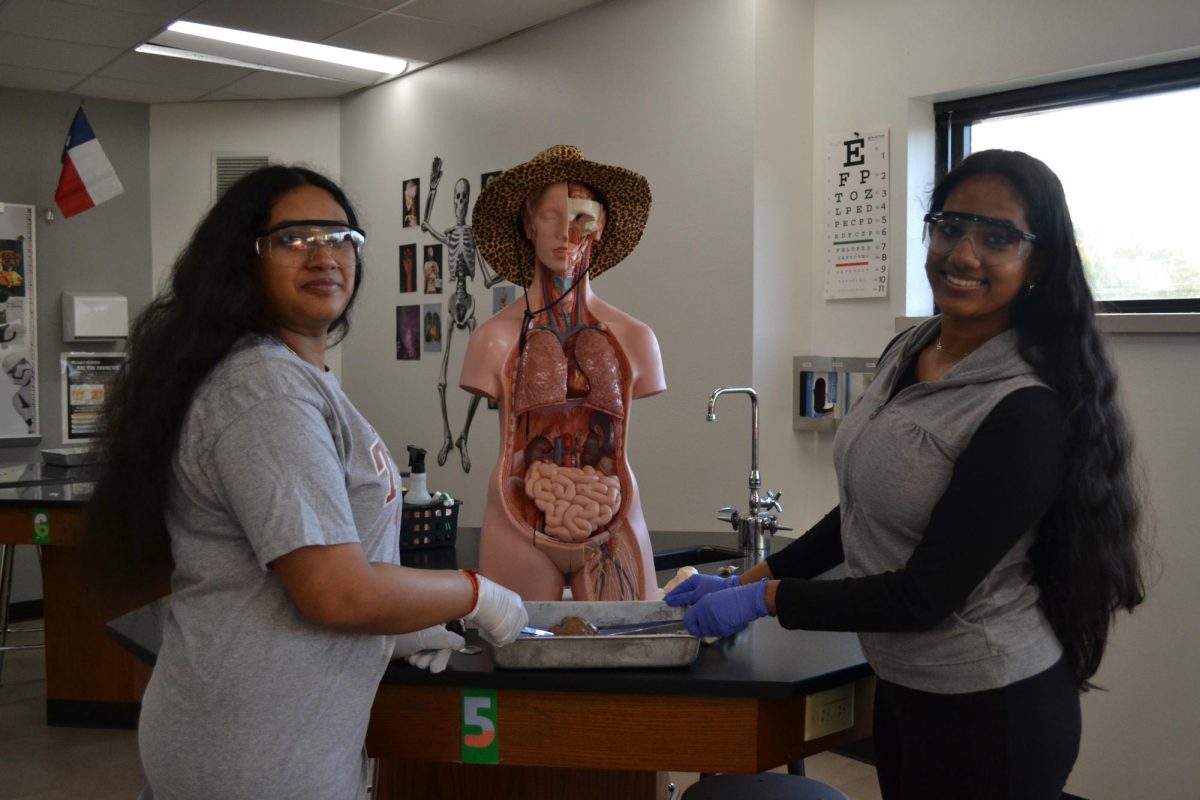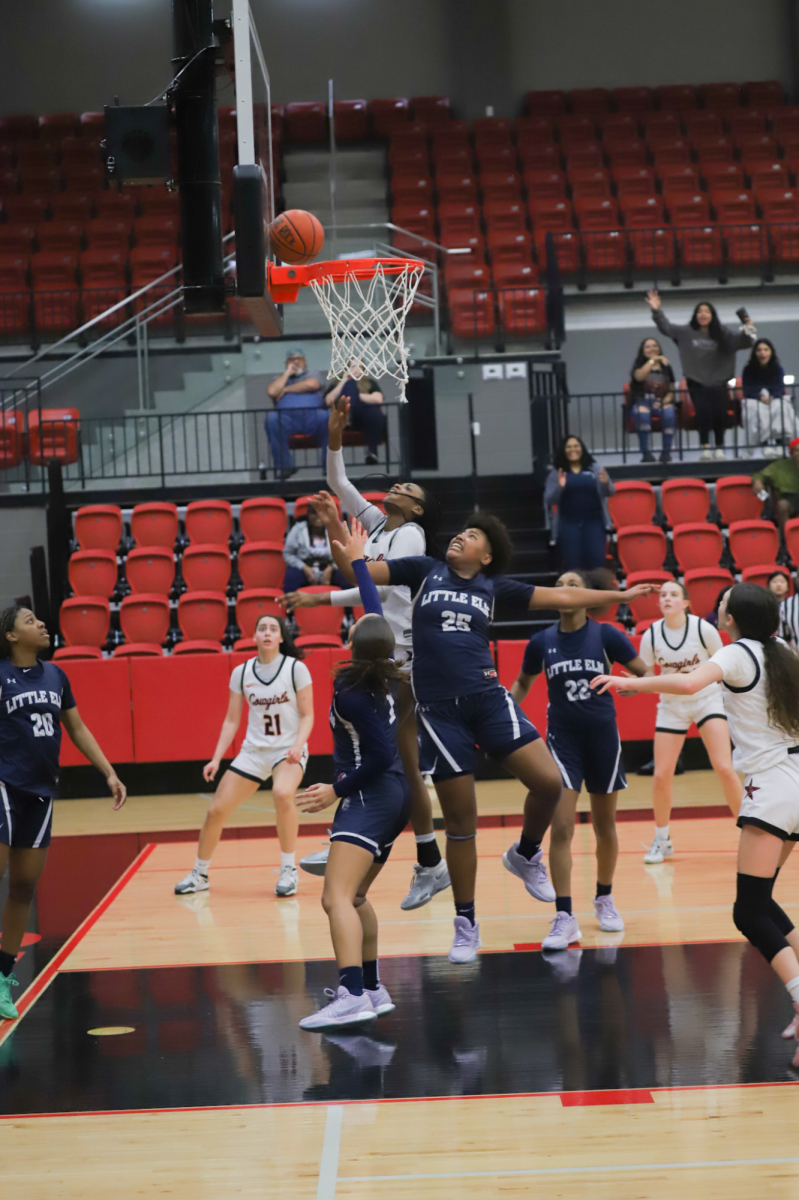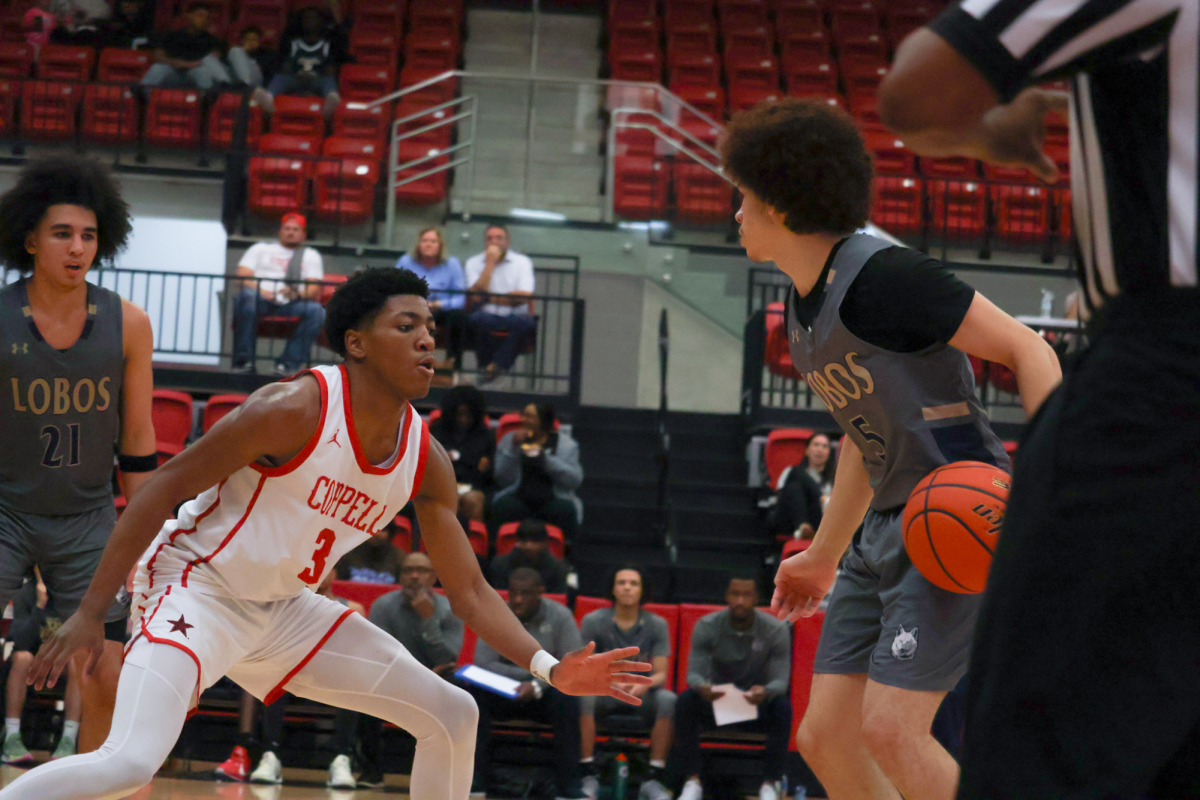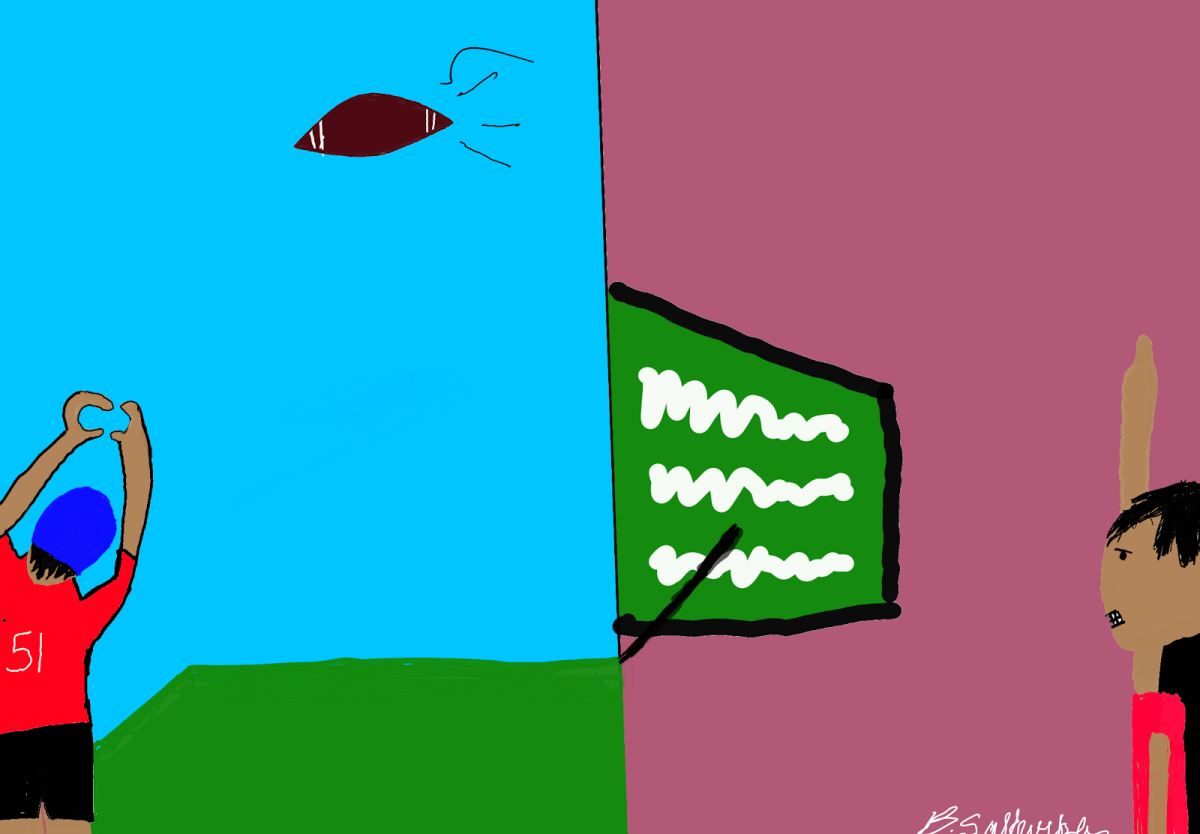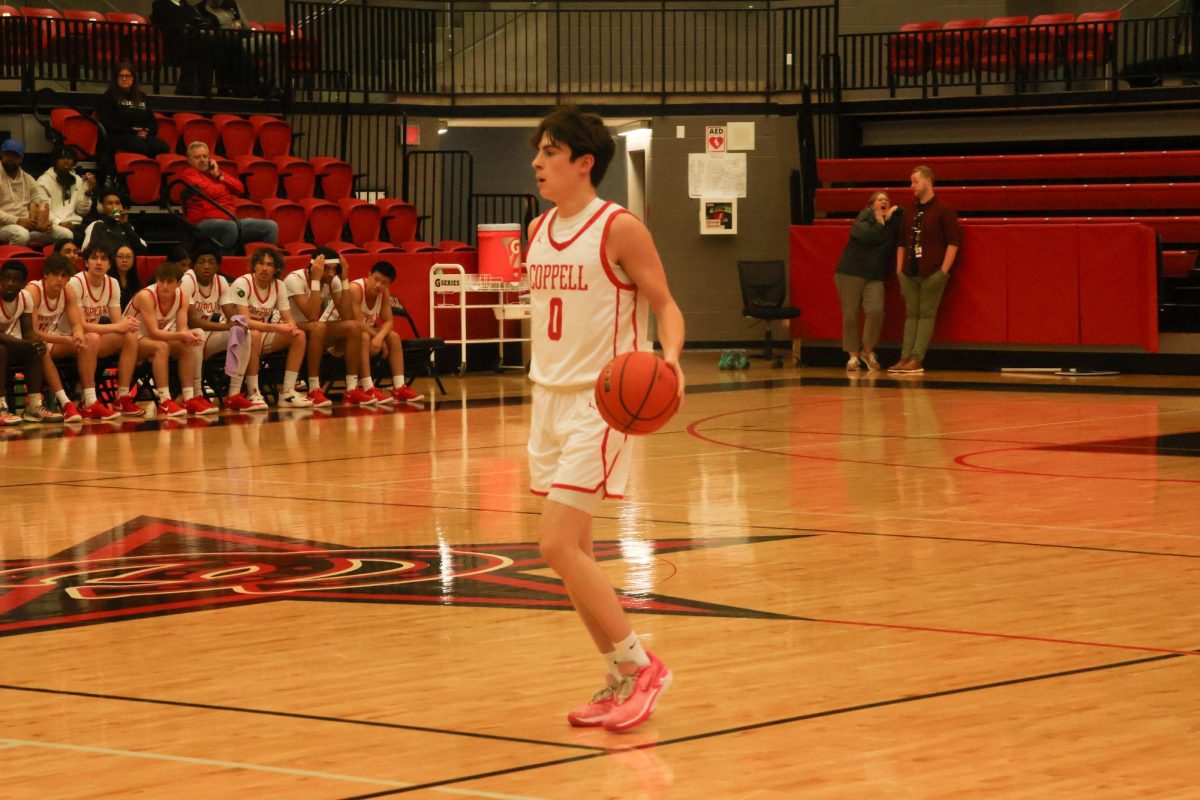By Alex Nicoll
Sports Writer
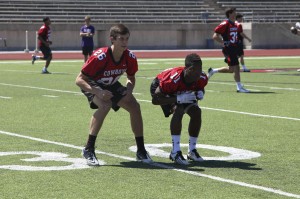
As concussions in sports become more prevalent among amateurs, the Universal Interscholastic League (UIL) is taking more cautionary measures to ensure the safety of players. The newest precaution comes at the price of old-fashion contact drills.
Gone could the days be of athletes crashing into another in the Oklahoma drill, a football tradition, or other full contact drills.
The new UIL Medical Advisory Committee recommendation to limit game-speed full contact practices to 90 minutes per player per week would replace the current rule of allowing full contact practice at all times during the maximum eight hours of practice per team can have during a week.
The committee met April 15 in Austin to discuss issues that included steroid testing updates, concussion information and updates, practice regulation and guideline updates, cardiac screening updates, injury updates and the National Federation Sports Medicine Committee update.
Although this rule seems beneficial, in reality it does not affect the schedules and game plans of a majority of coaches in Texas.
“Any program worth its salt does not [conduct game-speed full contact drills],” Coppell football coach Joe McBride said.
McBride also said that this new rule will affect his team in no way at all.
“It will not affect us at all,” McBride said. “We do not live game tackle.”
McBride, like many coaches, feels that this new proposed law is for coaches who are a little ignorant in the game of football.
“This rule is for the coaches who do not know what they are doing,” McBride said. “It is a rule for the unknowledgeable.”
The rule is not into effect yet as it still has to be passed by the UIL Legislative Council in June and then be signed by the commissioner of education. The rule is said to stem from House Bill 887 that was filed by State Representative Eddie Lucio III (D-Brownsville). The bill would limit full-contact practices to once per week.
“Game speed” defined by the UIL would consist of game speed practices that involves tackling or blocking to the ground. The new rule is in response to the rash of attention that concussions have stirred up for better care and protection.
High school football has the highest number of concussions out of any sport and has the highest concussion rate with 6.4 concussions per 10,000 exposures. Already an obvious problem, a reported 67,000 diagnosed concussions have occurred each year, according to an article from momsteam.com.
The proposal is similar to the pattern of the Ivy League conference, which just recently made drastic changes to the NCAA rule of allowing five full contact practices a week and limiting it to only two during the season, according to The New York Times. In the preseason there can only be one contact practice in two-a-days and in the spring the number of live contact practices move from three to four.
Surprisingly, a handful of players actually welcome full-contact practices however.
“It puts the players in game-like situations to get them ready for those Friday Nights,” sophomore safety Michael Nehme said.
Some coaches reason that the rule is a response to the new image of football athletes.
“Athletes are bigger, stronger and faster because there is more emphasis on weight training and conditioning programs,” Southlake Carroll football coach Hal Wasson said.
While athleticism is important, most coaches still focus on proper technique, which is a factor as to why this new recommendation will not affect them.
“It’s about educating yourself and your players,” Wasson said. “We seldom take anyone to the ground. There is no one who wants the players safe more than the coach.”
Technique is everything to these coaches. McBride says his practices when doing game-like situations go about 70 percent effort while Wasson said they try to make the players stay up-right in contact drills. One thing neither coach does is force their players into the match without the right training. players actually welcome full-contact practices however.
“I compare it to snow-skiing,” Wasson said. “You do not start out on the black diamond slopes; you start in a ski school or the bunny slopes, or if you’re in my case you just roll down the hill.”
As the game keeps evolving, the cornerstones of the past are disappearing. Gone are the days of seeing defensive back lay-out receivers caught in traffic or linebackers sacking quarterbacks with enough force to break down brick walls.
Safety is the more important issue and could be a determining factor for future players to either play or not.
“There are going to be risks but the rewards outweigh the risks,” Wasson said. “What you learn in football stays with you forever.”








